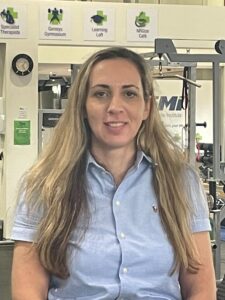A Podiatrist understands how your feet and legs move during walking and running.? Incorrect alignment of the body’s joints and bones can cause acute and long-term injury affecting daily life and activities. Misaligned joints can cause long term muscular tightness and adverse changes to posture and subsequent pain. We specialise in treating all pain and strains in the feet, legs and knees. Foot and leg biomechanics integrates a detailed evaluation of the alignment, structure and function of the feet, legs and lower limb whilst standing and during walking. Abnormal lower limb biomechanics is one of the main causes in the development of pain and injury in the feet, ankles, knees, legs and lower back. Our experienced Podiatrists are trained to detect anomalies in ones? biomechanics that may predispose you to injury.
The information detailed from the biomechanical assessment and gait analysis assists us to recommend the most effective treatment. This individualised approach for assessment and treatment allows us to gain effective results and prompt recovery from pain and dysfunction.
A biomechanical assessment involves the following:
- Visual gait analysis
- Lower limb strength testing
- Lower limb joint flexibility testing
- Assessing alignment of foot, leg and knee
- Assessing for leg length discrepancies
- Assessing forefoot to rearfoot relationship
By identifying any anomalies and hence improving your biomechanics, your podiatrist can assist greatly in your return to pain free mobility or full recovery of your chosen sport or exercise and most importantly minimising the risk of injury recurrence.
These causes are usually a combination of factors, such as poor flexibility, strength and malalignment of the foot and lower leg. The information gained is used by your Sports Podiatrist to design a thorough treatment plan to solve your injury. This may involve the following:
- Orthotic Therapy: custom made orthotic insoles to correct abnormal foot and leg biomechanics to reduce strain and loading on affected areas and to correct posture
- Flexibility exercises: various stretches for the lower limb, hip or back muscles which are found to be tight
- Strength exercises and core stability exercises
Your sports podiatrist will also assist you in deciding on the correct daily and training shoes, recommending the shoes that suit your particular foot type and problem. Equipped with the latest in evidence-based treatments and research, the sports podiatrist will recognise the individual patient’s needs and customise the rehabilitation program accordingly, to provide an exceptional service and get to the bottom of your biomechanical problems.
